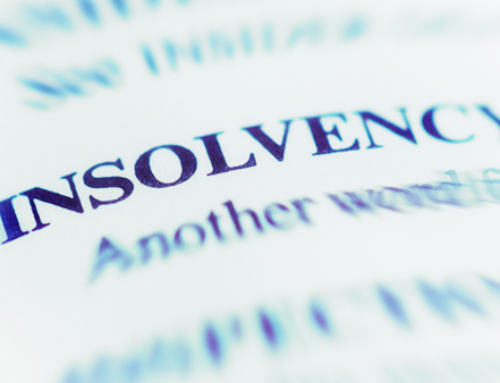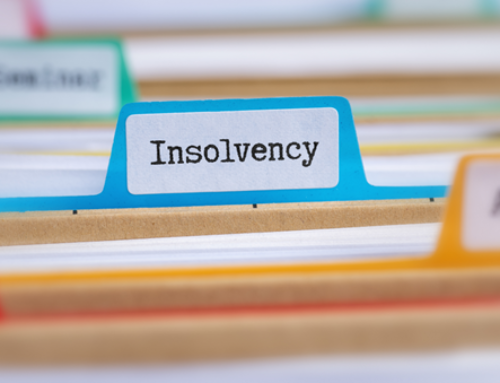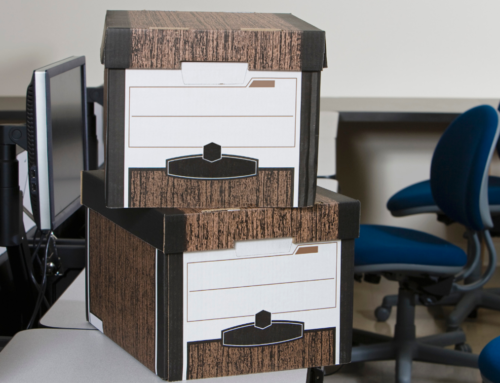As we navigate through the challenges of insolvency, it’s essential to consider not only our financial health but also our environmental impact. Sustainable practices in the office can lead to significant cost savings while promoting a greener planet.
Here are five top tips for creating a more sustainable office:
1.Embrace Digital Transformation
Go Paperless: Reducing paper usage is one of the most effective ways to save money and be environmentally friendly. Implement digital documentation and communication systems to minimise the need for printing. Use cloud storage, digital signatures, and online collaboration tools to streamline workflows.
Automate Processes: Invest in software that automates routine tasks. This reduces the need for paper files and helps in maintaining organised, digital records that are easier to manage and access.
2.Optimise Energy Efficiency
Upgrade to Energy-Efficient Lighting: Replace traditional incandescent bulbs with LED lights. LEDs consume less electricity, last longer, and reduce maintenance costs.
Implement Smart Power Strips: These can automatically shut down power to devices that are not in use, preventing energy wastage.
Use Energy Star Appliances: Choose office equipment like computers, printers, and refrigerators that have Energy Star ratings. These appliances are designed to consume less energy without compromising performance.
3.Foster a Green Commute
Promote Public Transportation and Carpooling: Encourage employees to use public transport or carpool to reduce the carbon footprint associated with commuting. Consider offering incentives like public transport subsidies or preferred parking for carpoolers.
Cycle to Work Scheme: Support employees who wish to cycle to work by providing bike storage facilities and shower amenities. This not only promotes a healthy lifestyle but also reduces pollution.
4.Reduce, Reuse, Recycle
Implement a Comprehensive Recycling Program: Set up clearly labelled recycling bins for paper, plastic, glass, and metal. Ensure that all employees are aware of the recycling guidelines and the importance of participating in the program.
Reuse Office Supplies: Encourage the reuse of office supplies such as folders, binders, and paper clips. Set up a system where gently used items can be exchanged or shared among staff.
Purchase Recycled Products: Opt for office supplies made from recycled materials, such as paper, pens, and toner cartridges. This supports the market for recycled goods and helps reduce waste.
5. Sustainable Procurement
Choose Eco-Friendly Suppliers: Work with vendors and suppliers who prioritise sustainability. This includes selecting products that are made from recycled materials, are energy-efficient, or have minimal packaging.
Buy in Bulk: Purchasing supplies in bulk can reduce packaging waste and often result in cost savings. Ensure that these bulk purchases are for items that are regularly used to avoid excess and waste.
Evaluate Lifecycle Costs: When making purchasing decisions, consider the total lifecycle cost of the product, including energy usage, maintenance, and disposal. Sometimes a higher initial investment can lead to greater savings and less environmental impact over time.
By implementing these tips, you will soon create a more sustainable office environment, which not only supports the planet but also promotes cost efficiency. Sustainability is not just a trend but a necessary shift towards a healthier, more resilient future for both businesses and the world we live in.
Stay green and financially healthy!






